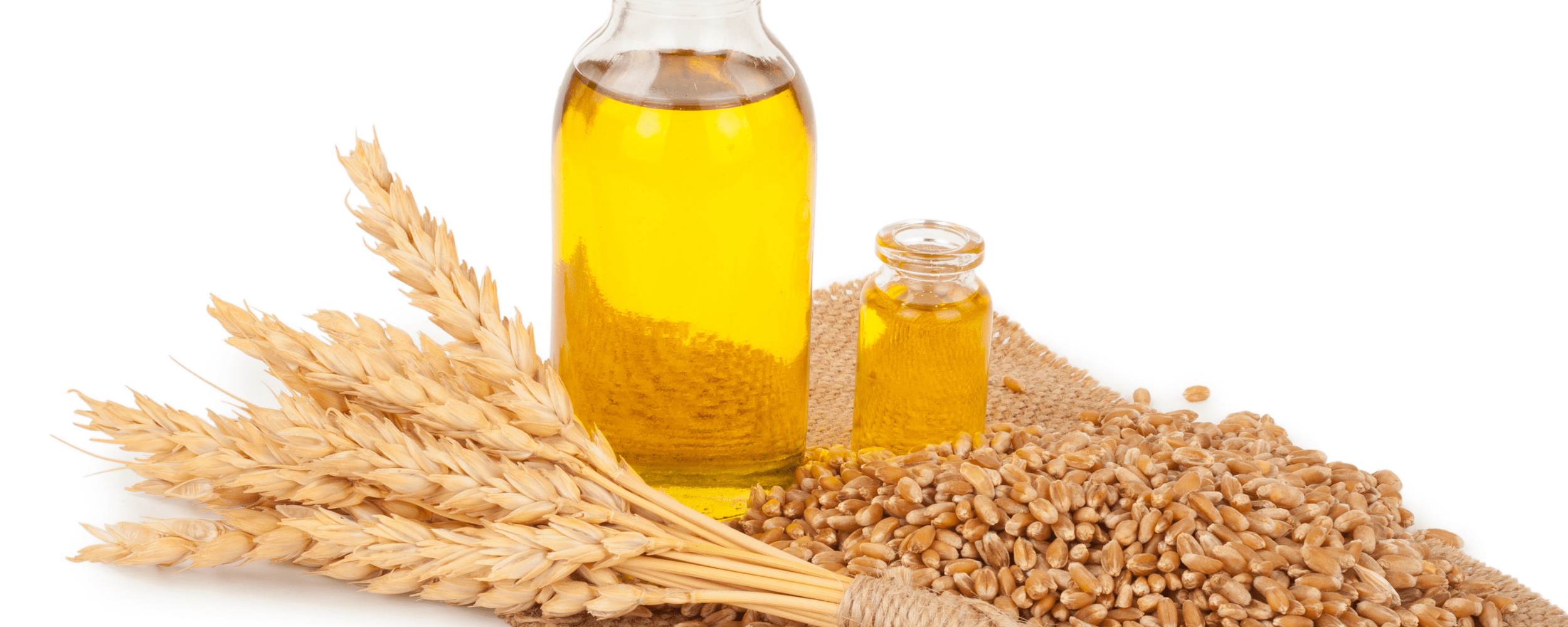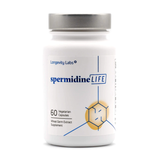
The older we get, the more and more important it becomes to take care of our skin. After all, we want to look as young as possible for as long as possible. One of the best ways to take care of your skin is by implementing wheat germ oil into your skincare regimen. Here is some information on wheat germ oil, how it benefits your skin, and ways you can implement it into your everyday skincare routine.
What does wheat germ oil do?
Wheat germ is an ingredient that has tremendous nutritional value as it’s high in vitamin E, which fights to decrease the number of free radicals in the body. Experts believe that natural sources of vitamin E are the best when it comes to preventing diseases. Wheat germ can also help boost your immunity, which in turn can improve your skin health.
Wheat germ is part of a wheat kernel and is responsible for helping the plant reproduce and spawn new wheat. Despite its nutritional value, most food manufacturers strip the wheat germ from processed wheat products, thus removing its health benefits. Manufacturers do this to ensure the food products, such as white flour, can be stored for longer.
What is wheat germ oil good for?
We’ve established what wheat germ is, where it’s found, and how nutritious it is, but what are some specific wheat germ uses? The ingredient provides so many different health benefits that it’s hard to list all of them. Here are some of the nutrients, vitamins, and minerals the ingredient provides and how they can help you live a healthier life (1):
- Minerals - It contains phosphorus, magnesium, zinc, and iron, which keep our bodies strong
- Vitamin E - Getting your recommended daily dose of vitamin E is crucial for your brain health, as it helps protect brain cells and cell membranes
- Fiber - Wheat germ contains fiber, which helps balance our blood sugar
- B Vitamins - It contains B vitamins such as folate, vitamin B1, and vitamin B6, which help keep our heart healthy
- Fatty acids - Wheat germ also contains omega-3 fatty acids, which lowers inflammation and cholesterol
Wheat germ is the perfect complement to any healthy diet. Incorporating it into yours can help you ensure that you’re getting your recommended daily dose of vitamins, nutrients, and minerals.
Is wheat germ oil good for skin?
When it comes to wheat germ oil for skin, it’s recommended that you apply wheat germ oil topically, as it will ensure you get the most benefits possible. Wheat germ oil is such an effective skincare treatment option because it provides moisturizing benefits without the added side-effects of manufactured products. When applied to your skin, wheat germ oil delivers a healthy infusion of vitamin A, vitamin D, B vitamins, antioxidants, and fatty acids (2).
On top of moisturizing and healing dry or cracked skin, wheat germ oil can also help prevent scarring. In particular, wheat germ oil is a rich source of vitamin E, which helps reduce skin damage, fight free radicals, support healthy collagen formation, and maintain even skin tone. However, it must be noted that wheat germ can be dangerous for those who have a gluten intolerance.
Is wheat germ oil good for wrinkles?
Free radicals can damage fat-containing structures like cell membranes and brain cells, they can also expedite the aging process. One of the most dreaded side-effects of the aging process is wrinkles. Luckily, wheat germ oil provides many benefits for the skin, one of these benefits being anti-aging benefits.
This is because wheat germ oil is a rich source of vitamins B6, Folic acid, and vitamin E, each of which contains anti-aging properties. Vitamin E is a strong anti-oxidant and it promotes healthy skin as it prevents many skin problems like psoriasis, eczema and dry skin. Vitamin B, on the other hand, helps in repairing tissue damage and promotes tissue growth.
Does wheat germ oil lighten skin?
Wheat germ oil can be used to help treat skin disorders, repair the skin, promote the regeneration of new facial skin cells, and lighten the skin. One of the best ways to achieve this skin lightning is by combining wheat germ oil and honey in a bowl, making a homemade face mask. This mask can be used to clean your face and best of all, it works well on all types of skins including oily skin.
Another popular home face mask recipe using wheat germ oil is wheat germ oil mixed with banana. You can use this mask twice a week to help your facial skin remove dead skin cells. The vitamins and minerals present in this banana and wheat facial mask makes your skin dirt free and helps it in making it smooth and supple.
Can I use wheat germ oil on my face?
Wheat germ oil has a strong aroma, meaning it’s best to use the oil as part of a blend instead of using it directly. You should add no more than 10-15% wheat germ oil into your face mask mixture. Other base oils, such as jojoba, carrot, and sandalwood oils can help promote healthy skin.
Unless you are gluten intolerant, you should have no issues using wheat germ oil on your face. If you use the oil topically and notice swelling, redness, or irritation, it’s best to stop using the product immediately and contact your doctor. It should be noted that it is possible to build up an intolerance to wheat as we get older. Consult with your doctor if you are unsure as to whether or not you can use wheat products.
Supplements Can Help
Wheat germ helps keep our bodies healthy, both inside and out. It does this by providing a wide range of nutrients, minerals, and vitamins, that help keep our brains, cells, and hearts healthy. Another way our body can achieve this is through autophagy. During autophagy, our body replaces older, damaged cell components, with new healthier ones. Much like wheat germ, spermidine is a compound that can help keep our bodies healthy, both inside and out, by inducing the autophagy process.
Spermidine is found in many of the foods that we eat. And in fact, our spermidineLIFE® supplements are extracted from wheat germ. However, we often don’t get what we need from diet alone, especially as we age and our body needs more nutrients. This is where supplements can step in to help support a healthy body.
Listen to this article:







